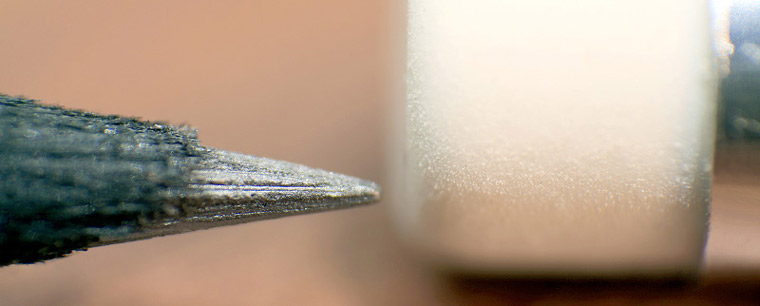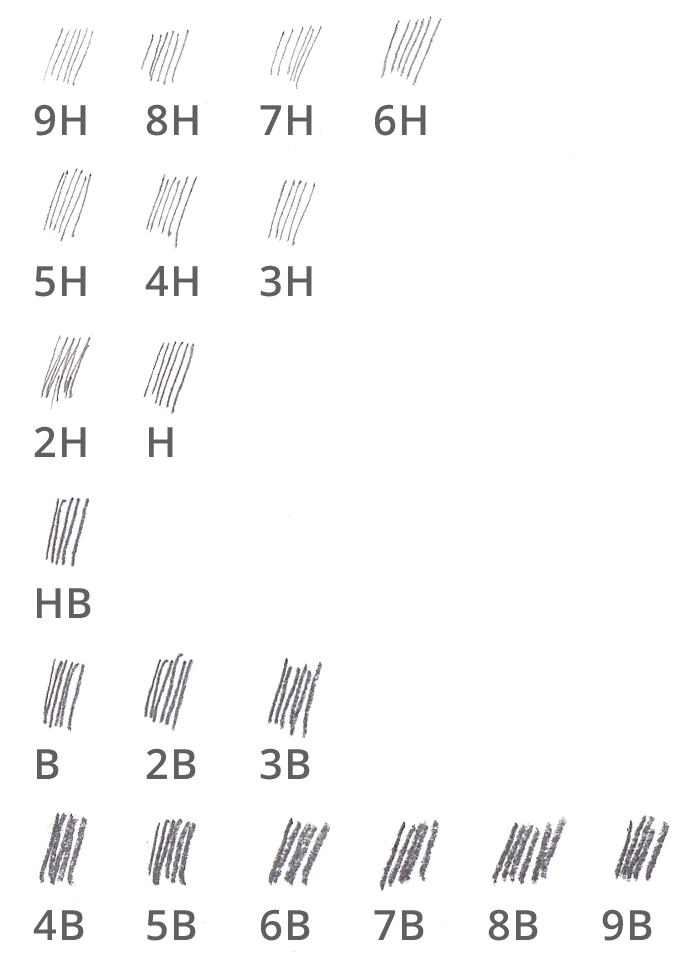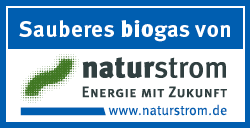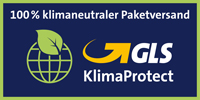
A › pencil (also called: graphite pencil) is a writing utensil with a graphite lead embedded in a wooden shaft. It is mainly used for artistic sketching and drawing, for stenography or notes. Its benefits are the simple usage as well as being able to remove what you’ve drawn with an eraser.

What makes the pencil a writing utensil is based on the crystal structure of the graphite and a low Van der Waals force. Pencils – essential helpers for everybody, whether in school, in the job or during your free time. There are pencils for all sorts of surfaces, for wood, paper, cardboard, concrete, tiles, sheet metal, wet wood or Styrofoam.
Where does the pencil come from?
5000 years ago, ancient Egyptians used reed, bamboo or papyrus cane which was filled out with liquid lead as writing utensils.
Starting from the 12th century, people wrote with lead alloy pens with a silver soldered tip. Those pencils were used, centuries later, by many artists as silver-pencils for sketching.
It is said that lead sticks were used occasionally for writing in the 16th century.
Even in the 17th century wood embedded lead stick made from Borrowdale-graphite were used in many countries.
In 1662 a »pencil-maker« named Friedrich Staedler, appeared in a Nuremberg Council’s Minutes.
How much lead is in a pencil?
The word »lead pencil« is actually not correct, because there are no parts of lead in a graphite-pencil, that’s the actual name. In those days, graphite was seen as a sort of lead ore which is where the name lead pencil comes from.
How are pencils leads manufactured and what are they made of?
The graphite lead is made out of two basic materials; these are graphite and clay. Both materials are mixed finely ground, where homogeneity and a very fine material form a good quality. Using different mixing ratios of graphite and clay leads to various hardness levels. The higher the amount of graphite the softer the lead, the higher the amount of clay the harder the lead. Burning time and heat also affect the hardness of the lead.
This mixture is now pressed into a mini thread, cut to length and then baked at a high temperature. The finished lead is now treated with wax to allow a smooth abrasion.
Pencil hardness degrees and names
The well-known hardness degrees for pencils are named from 9H (extremely hard) till 9B (very soft).
Hardness degree uses
| 9h - 6h | extremely hard | lithography, cartography, xylography |
| 5H - 3H | very hard | detailed technical drawings and plans |
| 2H - H | hard | technical and mathematical drawings |
| HB | intermediate | writing, drawing |
| B - 3B | soft | freehand sketch, scribbles |
| 4B - 9B | very soft | artistic sketches, sketches, drawings |
For the hardness degree of a pencil has never been standardized, there are 3 standard HB figures. HB complies with »soft« in Japan, with »intermediate« in Europe and »hard« in the US (see table above).
Pencil benefits
Pencils offer a great versatility – here are some obvious benefits:
- pencils are cheap writing utensils
- there are various hardness degrees for different areas of use (see above)
- you can get pencils nearly everywhere
- different types and designs are available
- pencils are easy to handle
- they write perfectly at any temperature
- they write in any position or situation (overhead or in space!)
- Made a mistake? No problem – simply erase the wrong parts
- words written with a pencils have a high resistance to light
- a writing length up to 50 000 m!
- the sound of writing on paper, and the sound of the pencil sharpener that sharpens a blunt pencil
Writing Length of a Pencil
The writing length of various writing instruments is an important aspect that affects their efficiency, sustainability, and cost-effectiveness. However, the actual writing length can vary depending on the use and characteristics of the writing instrument.
Compared to other writing instruments, the pencil is a true endurance artist!
- Pencils: between 20,000 m and 56,000 m
- Ballpoint pens: between 1000 m and 10,000 m
- School fountain pens/Fountain pens: approx. 300 m per ink cartridge. Depending on the size of the ink tank
- Rollerball pens: between 1000 m and 2500 m
- Gel pens: between 500 m and 1200 m
In a world where sustainability and cost-effectiveness are increasingly important, the pencil represents an attractive option. Its unmatched writing length, combined with its versatility and reliability, makes it an indispensable tool for writers of all kinds.
Conclusion: The superior writing length of the pencil, combined with its environmental sustainability, represents a clear message: In the world of writing instruments, the pencil remains an unbeaten champion.
Writing Length of Pencils - The Experiment:
Proof of the superior writing length of pencils was provided by 2 young researchers; they even won a prize at "Jugend forscht "(a German youth science competition)!
"With a single pencil, one can draw a 56 km long line" (compare "Unnützes Wissen: 1374 skurrile Fakten, die man nie mehr vergisst, 2008")
After some experimentation, the young researchers set up their experiment:
- A wheel from a teacher's physics collection
- A stand for attaching the pencil
- A paper roll from a supermarket cash register
- A scale for measuring the force of the pencil's pressure on the paper
(“We drew with a pencil on a sheet that we had previously attached to the scale. Then we transferred the results to the PC every hundredth of a second. We used a data acquisition system called 'Cassy'. With this, we determined the effort required. Then we needed a weight piece that presses on the pencil.) - Various pencil hardness grades
- A sharpener
The conclusion of the experiment: “The statement made in the book is far too imprecise, too general. How long a pencil writes depends on which pencil is used and with how much force it is pressed [...]”
So, we conclude: The line length depends on various conditions. A soft pencil (hardness grade 8B) may already be used up after about 20 km. However, a hard pencil can actually achieve significantly more than 50 km of writing length.
Manufacturing colored leads is different.
That consist of color pigments, fat, wax, binder and mineral fillers such as talcum or finely ground kaolin. The quality of colored leads is based on fineness of the ground material, especially the amount and quality of the pigments. The higher the amount of pigments the better the quality of the lead and the colored line. After mixing it, the mixture is pressed into shape, cut to length. Colored leads are not baked but dried in so called dry kiln. To achieve smoothness during writing, colored leads get an extra fat soak.
For manufacturing pencils and colored pencils, a groove the size of the lead is milled into two wooden plates. The lead is put between the two wooden plates, glued and pressed until it’s hard. After that, each pencil is sawed up and get their shape on the planner: round, triangular, hexagonal or oval. Then, the pencils get their finish, polish, colored lacquer, some with lacquered cap or ring. To reduce producing and manufacturing paintings, many pencils are left un-lacquered or natural in the process. Finally, all pencils are marked with the print of the company, are sharpened and packed into boxes or cases.
What is a coloured pencil?
The › coloured pencil is a pen that has a coloured lead made out of colour pigments, fat, wax, binder and mineral fillers such as talcum or kaolin. It is a writing and drawing utensil, mostly lacquered in the same colour as the lead. Coloured pencils are used as colouring pencils for children, artists’ material but also text markers or drawing pencils. Unlike pencils, coloured pencil lines are hard or almost impossible to erase. Additional special-coloured pencils are watercolour pencils – lines made with those pencils can be overpainted with water afterwards.
What is a copy pencil?
The › copy pencil is an utensil for writing or drawing, with a coloured lead that is soluble in water and therefore used as a »waterproof« drawing utensil. The wooden surrounding is mostly the same as that from normal pencils (lacquered wood).
What is a carpenter’s pencil?
The › carpenter’s pencil is mostly used on construction sites or for private DIY things to write on materials with rough and solid surface such as wood, concrete or brickwork. It differs from the normal pencil in size, shape and function. This pencil, sharpened or unsharpened, is mostly used by carpenters, bricklayers and concrete workers together with people from the DIY market. A sharp knife is used to sharpen this pencil. Commercial carpenter’s pencils have a standardised soft rectangular lead and an oval wooden surrounding.
What is a masonry pencil?
Carpenter’s pencisl with a harder lead are called › masonry pencils. Masonry pencils are used to write on concrete or stone, that means very hard surfaces are perfect for this pencil.
What is a multigraph pencil?
A special kind of carpenter’s pencil is the › multigraph pencil. It has a special graphite lead which is useful for writing on smooth surfaces such as tiles, glass, metal or foam polystyrene. Normally multigraph leads come in the colours red, green or blue. The different lead colours are important to use this pencil on a vide range of coloured surfaces. The multigraph pencil is also called giant pencil or triangular pencil. The standard shape of the wooden surrounding is triangular – that’s why the name of this pencil is triangular pencil. Despite that, multigraph pencils can also be delivered in an oval wooden shape.









